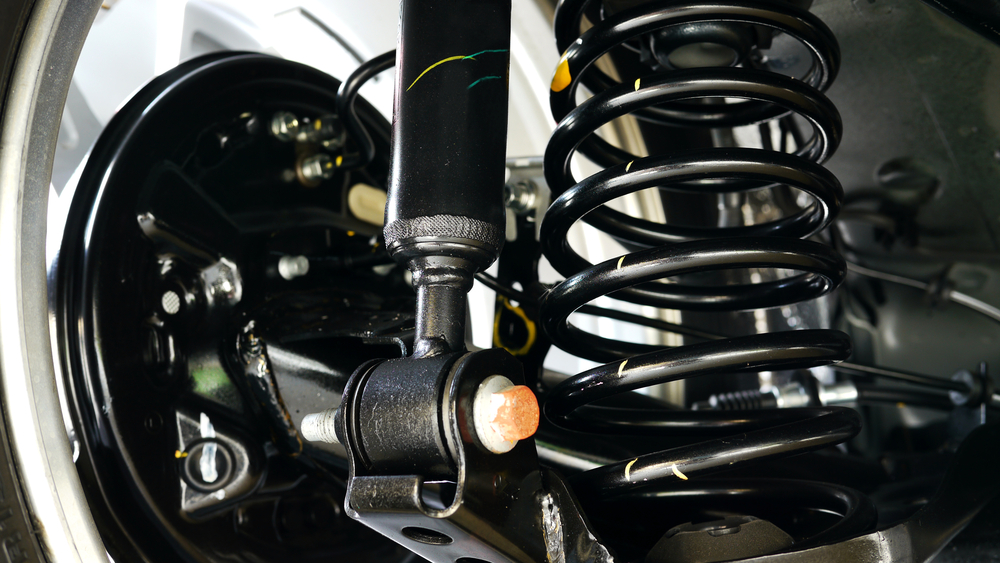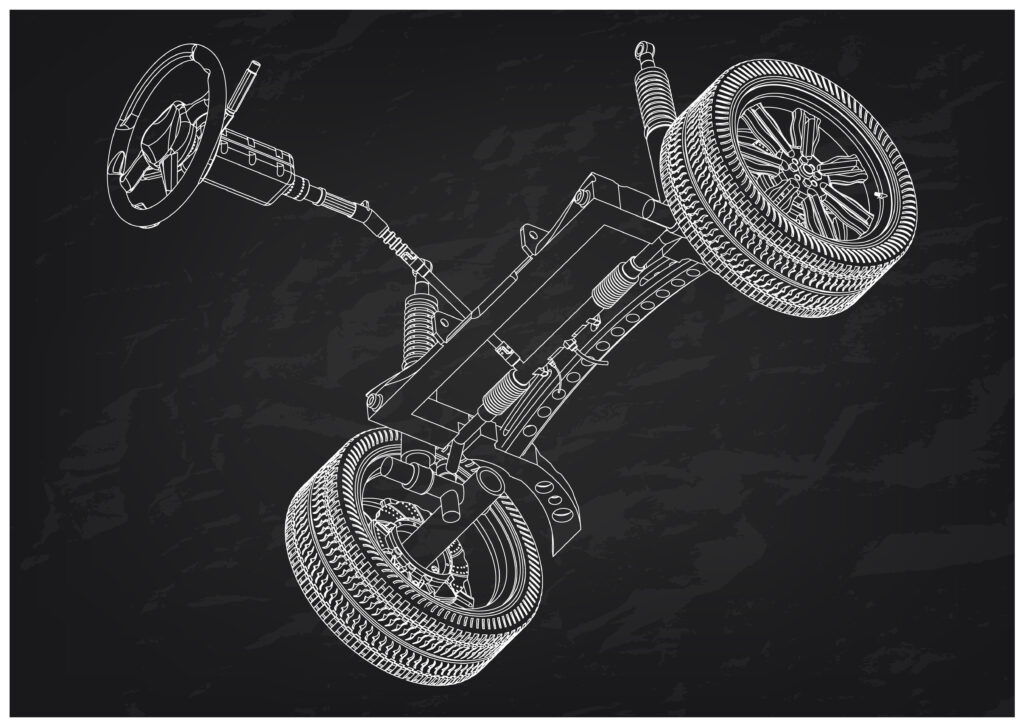Driving is an experience that is deeply entwined with the dynamics of suspension and steering systems, going far beyond the simple act of transportation. These crucial elements greatly affect a vehicle’s handling qualities in addition to determining its comfort and stability. We set out to investigate the varied terrain of suspension and steering systems across a range of car models in this thorough analysis, bringing to light their features, advancements, and driving experiences.
Knowing How Suspension Systems Work
The suspension system, a complex network of parts intended to control vertical movement, absorb irregularities in the road, and preserve tire contact with the ground, is the foundation of any car’s ride quality. Different car types and brands have different choices for suspension designs, each of which offers a special compromise between performance, handling, and comfort.

Due to their demonstrated efficacy, traditional suspension setups like double wishbone and MacPherson strut configurations are still widely used in the automotive industry. These systems give drivers a comforting sense of control while negotiating a variety of road conditions because they combine stability and agility. But as technology has advanced, more recent inventions have surfaced to improve the driving experience even more.
Adaptive damping systems, which use sensors and actuators to modify shock absorber settings in real-time, are one example of such innovation. Adaptive damping systems can instantly improve handling characteristics and ride comfort by continuously monitoring variables like steering input, vehicle speed, and road surface conditions. Modern cars, especially the luxury and performance-oriented models where comfort and dynamic driving qualities are critical, have seen a rise in the popularity of this technology.
Apart from adaptive damping, air suspension systems have become more popular due to their capacity to offer a comfortable and customizable ride experience. These systems offer a high degree of customization by letting drivers change the ride height and stiffness to suit their tastes or the road conditions. Traditional coil springs are swapped out for air springs. Luxury SUVs and high-end sedans, where comfort and refinement are major selling points, frequently have air suspension.
Examining Steering Mechanisms
Steering systems control a car’s lateral motion while suspension systems control its vertical movement. This gives drivers the ability to precisely change directions and negotiate turns. Electric power-assisted steering (EPAS) systems are more responsive and efficient than hydraulic power-assisted systems, and they represent a significant advancement in steering technology over the years.
Compared to their hydraulic counterparts, electric motor-driven EPAS systems have a number of benefits, such as increased fuel efficiency, better feedback, and more adjustable steering feel. EPAS systems can provide a customized driving experience that balances comfort and responsiveness by adjusting assist levels based on vehicle speed and road conditions. Furthermore, the lack of hydraulic fluid lowers maintenance needs and removes the possibility of leaks, increasing overall longevity and dependability.
Various steering geometries are used by different car models to achieve particular handling and driving dynamics. Simple and straightforward, rack-and-pinion steering is frequently seen in sports cars and small cars where precise and responsive handling is required. Conversely, recirculating ball and worm gear systems are preferred for heavy-duty applications and off-road excursions in larger trucks and SUVs due to their robustness and durability.
Comparative Analysis
To get a better idea of how suspension and steering systems affect driving dynamics, let’s examine two different car types: sports cars and luxury sedans.
Sports cars are known for their thrilling handling and performance, which are directly impacted by their suspension and steering systems. Sports cars provide excellent grip and little body roll when cornering aggressively. They are usually fitted with low-profile tires, performance-oriented dampers, and stiff springs in their suspensions. These cars offer precise rack-and-pinion steering along with dynamic and captivating driving that appeals to thrill-seekers and enthusiasts alike.
Luxury sedans, on the other hand, put comfort and refinement first without sacrificing performance. Luxury sedans with advanced suspension systems, like active damping systems or adaptive air suspensions, glide smoothly over irregular roads and give their passengers a calm and collected ride. The overall feeling of luxury and sophistication is enhanced by the smooth and easy steering found in luxury sedans, which places a strong emphasis on precise control and effortless maneuverability.

Conclusion
The complex interactions between the suspension and steering systems, which each affect a vehicle’s overall comfort, handling, and performance, shape the dynamics of driving. Automotive engineering is constantly developing, pushing the envelope of what is practical on the road, from conventional suspension designs to state-of-the-art advancements like electric power-assisted steering and adaptive damping. Drivers can select the car that best fits their needs and preferences by being aware of the subtleties of these elements and how they affect the driving experience. There are many options available in the world of suspension and steering systems to satisfy the needs of any driving enthusiast, whether they are looking for luxurious comfort or thrilling performance.

